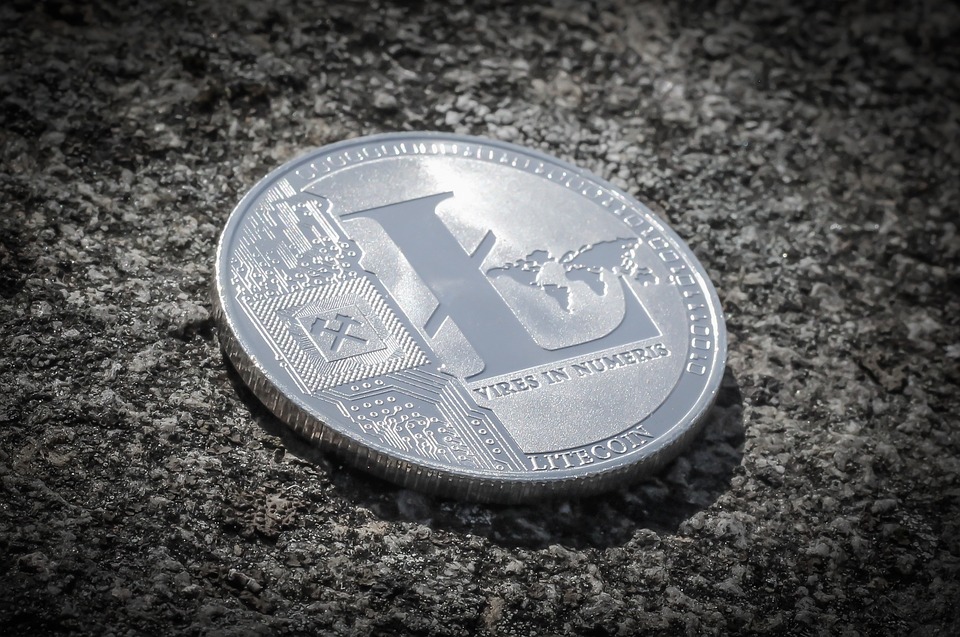Blockchain Breakthroughs: The Latest Innovations Shaping the Future of Finance
The financial world is undergoing a profound transformation, and at the center of this evolution is blockchain technology. Initially perceived merely as the backbone of cryptocurrency, blockchain has continued to develop and evolve, ushering in innovative applications that promise to reshape the future of finance. As 2023 progresses, several breakthroughs are emerging that highlight the transformative potential of blockchain in finance, from decentralized finance (DeFi) to central bank digital currencies (CBDCs).
1. Decentralized Finance (DeFi)
At the forefront of blockchain innovations is the rise of Decentralized Finance (DeFi). DeFi aims to reconstruct traditional financial systems, removing intermediaries and enabling peer-to-peer transactions. Innovative DeFi protocols allow users to lend, borrow, trade, and earn interest on assets without the need for banks.
A notable breakthrough in DeFi is the implementation of insurance protocols that protect users from smart contract failures and hacks. These decentralized insurance services employ sophisticated algorithms and community-driven governance to assess risk, ensuring users can engage with DeFi platforms more safely. Moreover, the emergence of liquid staking and yield farming has allowed investors to enhance their earnings by participating in several DeFi initiatives simultaneously.
2. Central Bank Digital Currencies (CBDCs)
As various countries explore the potential of Central Bank Digital Currencies, the landscape of traditional finance is poised for seismic shifts. CBDCs leverage blockchain technology to create digital representations of fiat currency, promising faster, more secure transactions and greater financial inclusion.
Countries like China, Sweden, and the Bahamas have already made significant progress in their CBDC initiatives. The digital yuan, for instance, allows for traceable transactions that can help combat money laundering and tax evasion, while also enhancing the effectiveness of monetary policy. As central banks worldwide recognize the efficiency and transparency that CBDCs offer, the global financial system may transform into a more interconnected and user-centric model.
3. Tokenization of Assets
Tokenization is another revolutionary concept reshaping finance. It refers to the process of representing real-world assets—such as real estate, art, or commodities—in the form of blockchain-based tokens. This innovation increases liquidity, broadens access to investments, and simplifies transactions, making it easier for investors to buy and sell fractions of high-value assets.
The rise of Non-Fungible Tokens (NFTs) exemplifies how asset tokenization is evolving. Beyond digital art and collectibles, NFTs are finding utility in sectors such as real estate, where properties can be tokenized, allowing multiple investors to hold stakes in and trade real estate assets. This level of accessibility opens investment opportunities to a larger demographic, democratizing wealth creation and potentially redefining ownership in the process.
4. Blockchain in Compliance and Regulation
As blockchain technologies continue to proliferate, ensuring regulatory compliance has become paramount. Innovative solutions are emerging that leverage blockchain’s transparency and traceability features to enhance compliance programs.
Smart contracts, built on blockchain, can automate compliance checks and reporting, reducing the burden on financial institutions while increasing accuracy. Additionally, blockchain can provide an immutable record of transactions, making audits more straightforward and improving anti-money laundering (AML) efforts. By fostering collaboration between regulators and financial institutions, blockchain can help establish a more equitable and efficient financial ecosystem.
5. Improved Cross-Border Payments
International transactions often face delays and high costs due to intermediary banks and disparate systems. Blockchain technology is breaking these barriers by enabling faster and cheaper cross-border payments.
Innovations such as the use of stablecoins—a type of cryptocurrency pegged to a stable asset—facilitate real-time transactions across borders. Platforms developed by Ripple and Stellar are at the forefront of these advancements, allowing users to send money globally with reduced fees and processing times. As cryptocurrencies become widely accepted, traditional remittance services may face tremendous pressure to adapt or risk being sidelined by more efficient, blockchain-driven alternatives.
Conclusion
In conclusion, blockchain technology continues to drive significant innovations that promise to reshape the future of finance. From decentralized finance and central bank digital currencies to the tokenization of assets and improved regulatory compliance, the breakthroughs in blockchain are not mere trends but rather a testament to the technology’s vast potential. As industries embrace these changes, the traditional financial landscape is set to become more accessible, efficient, and equitable. Stakeholders across finance must stay informed and adaptive, as the age of blockchain is just beginning.

